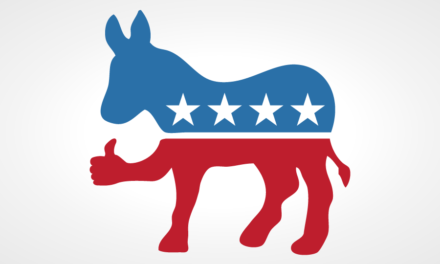
(The Emory Wheel/Gabriella Lewis)
Up to this point, the objective of Emory’s COVID-19 rules has been clear. In the beginning, the goal was to “flatten the curve” of cases and hospitalizations. As the fall 2020 semester approached, cases overwhelmed hospitals nationwide, causing thousands of deaths. Emory implemented a mask mandate, kept classes online, restricted gatherings and only invited first-year students, with few exceptions, back to campus. Unlike today, these past goals were understood by the community, and protective measures were then better aligned with them.
These earlier policies called for sacrifice to safeguard our community with clear objectives in mind: flattening the curve and preventing severe outcomes. But the game changed when effective and safe vaccines were available to everyone 12 and up. With limited exceptions, Emory mandated all students, faculty and staff be fully vaccinated if they wanted to operate on campus in person in fall 2021.
On Sept. 2, the University announced it would switch to a “modified yellow” operating status. In addition to the pre-existing indoor mask mandate, this meant restrictions on large gatherings and modest changes to dining and recreation. However, Emory Forward, Emory’s COVID-19 update website, does not explicitly cite a data-driven reason for the change. Beyond a surface explanation of a rise in cases, there has been little messaging to the Emory community on what necessitated the switch, or why Emory shifted to yellow and not orange or red. There should be clear, quantifiable metrics for the community to work toward. The Emory community deserves to know what conditions need to be satisfied to achieve a standard like green or yellow.
Policies to protect our community do not work in a vacuum. They require individual compliance. For instance, asking staff to constantly ensure everyone is wearing a mask indoors is impractical. A mask requirement only works in practice if people will follow it on their own. Emory’s policy mandates aren’t meant for those who would exercise caution without a mandate. Instead, they should target the least cautious people who are most likely to engage in high-risk behavior like attending unmasked indoor gatherings and spreading the virus. This targeting takes the form of clear communication. Whatever metric Emory is attempting to reach — a certain level of cases or zero deaths and hospitalizations — it is crucial for Emory to communicate its reasoning to those disregarding the current policies. Emory needs to be clear with communication on the purpose of the policy.
I’m not arguing that the time for preventative measures against COVID-19 like mask mandates has passed. Some people are immunocompromised and cannot get vaccinated, and the Food and Drug Administration (FDA) has still not approved vaccines for those younger than 12. Recently, the surge of Delta variant cases has stretched Georgia and Atlanta hospitals almost to capacity. Addressing these problems is a worthy goal, but the University should explain how its rules are doing that. Emory has simply not laid out what goals it is hoping to achieve. While the implicit goal seems to be to simply have less cases, there has been no explanation of what an acceptable level of cases would be.
Close to two years into the pandemic, one thing has become clear: the U.S. is not going to achieve herd immunity. Despite having a 95.4% vaccination rate among students, Emory is still having caseloads comparable to the peak last spring. We, both in the world and in the Emory community, are never going to have zero COVID-19 cases — the disease is likely to become endemic. It does not make sense for Emory to formulate policy with the general goal of getting rid of cases. Clear metrics are necessary to evaluate what measures are needed to deal with the virus as it transforms from a novelty to a permanent part of life. At some point, Emory is going to have to grapple with the fact that there is no normal to return to. We are going to have to live with this virus for the long haul.
This endemic endgame for COVID-19 means eliminating cases entirely is an unachievable goal. The fight against COVID-19 should be about preventing severe outcomes — hospitalizations and deaths. But I concede, I am a university student and not a public health expert. Maybe Emory believes they should prioritize limiting the number of cases among vaccinated people. Even so, they have failed to take all the measures, like mandatory weekly testing and closing indoor dining, they should have taken to achieve that outcome.
Justifying restrictions by saying that we are living in “unprecedented times” and to “listen to the science” isn’t going to cut it anymore. Emory needs to better explain what its COVID-19 policies are trying to achieve and why it needs the community to comply with these policies to reach that goal. We can’t work toward a goal if we don’t know what it is.
Daniel Matin (25C) is from Franklin, Tennessee.
Daniel Matin (he/him 25C) is from Franklin, Tennessee and is undecided on his major. Matin likes to keep up with the goings-on of the Congress. He enjoys watching Ted Lasso and eating Chopt salads.




